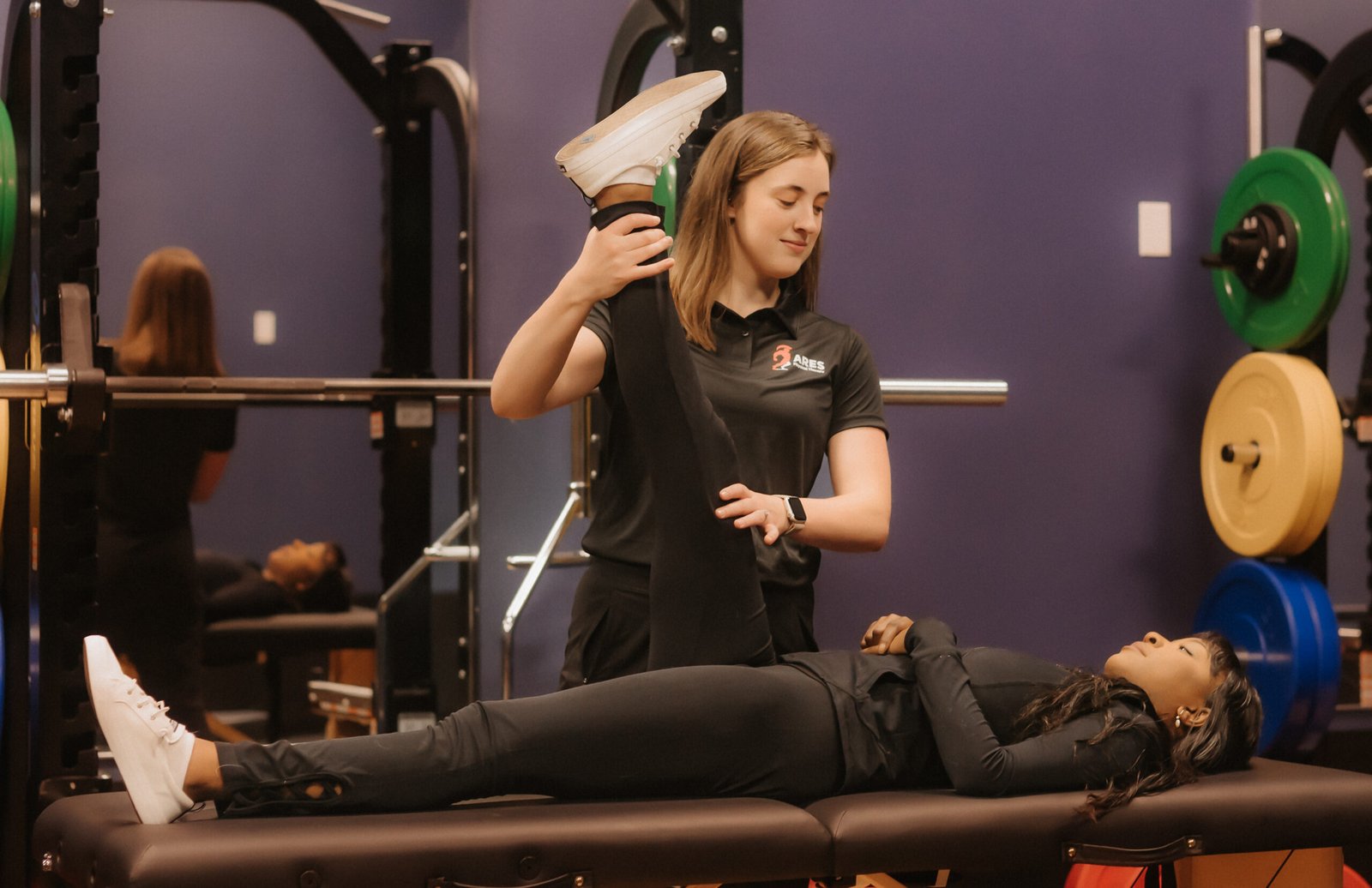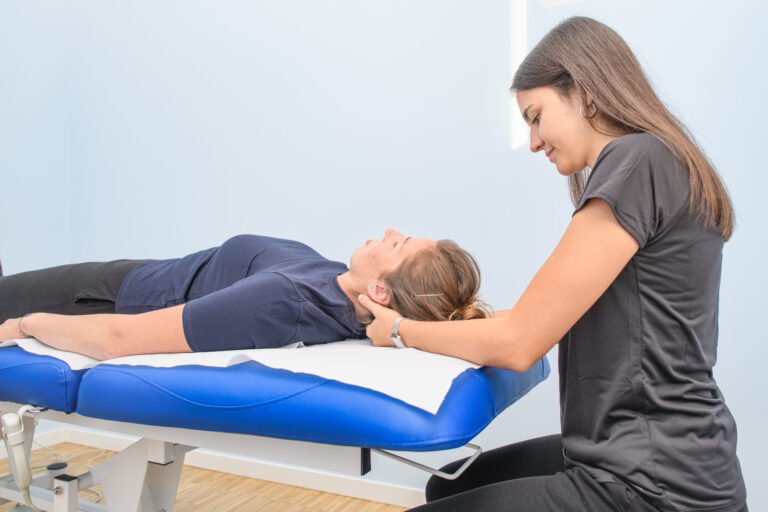As a Doctor of Physical Therapy and Certified Strength and Conditioning Specialist (DT, DPT, CSCS), I’m often asked about complementary therapies that can truly enhance rehabilitation and long-term well-being. My answer? Absolutely, Pilates can be an incredibly beneficial complement to your physical therapy.
It’s not just a trend; Pilates, when practiced correctly, is a sophisticated system that profoundly improves core strength, flexibility, balance, and vital body awareness. These are all fundamental pillars for effective rehabilitation, robust injury prevention, and sustaining optimal movement.
While I always stress that Pilates is never a replacement for targeted physical therapy intervention, it serves as a powerful tool to solidify your recovery and empower long-term physical well-being after your formal physical therapy treatment concludes.
Here’s a deeper dive into why I, as a physical therapist, advocate for Pilates in a rehabilitation context:
The Core Benefits of Pilates, From a PT’s Perspective:
- Precision Core Strengthening & Postural Re-alignment:
Pilates uniquely targets and strengthens deep intrinsic core muscles, which are essential for spinal stability and proper posture—especially crucial after injuries or surgery when core strength often declines. - Enhanced Flexibility & Functional Range of Motion:
Pilates exercises are intelligently designed to improve flexibility and expand range of motion, which is vital for patients regaining mobility post-injury or surgery. - Refined Balance & Coordination:
Injuries or surgeries can disrupt proprioception (body position awareness). Pilates retrains balance and coordination, improving movement confidence and stability. - Heightened Body Awareness & Mind-Body Connection:
Pilates enhances awareness of alignment, muscle imbalances, and movement patterns. This awareness is key for injury prevention. - Promotes Relaxation & Stress Reduction for Healing:
Controlled breathing and movement in Pilates activate the parasympathetic nervous system, promoting relaxation, healing, and overall well-being. - Adaptive & Gradual Progression:
Exercises can be safely modified for all fitness levels and injuries, supporting a progressive return to activity and performance.
Pilates vs. Physical Therapy: Understanding the Synergy
While both aim to improve physical function, physical therapy is diagnostic and targeted toward specific conditions, while Pilates offers full-body strengthening and movement optimization.
Many physical therapists (including the author) integrate Pilates principles into rehab. Patients often continue Pilates post-therapy to maintain gains, prevent relapse, and enhance long-term health.
Vital Considerations: Choosing Your Pilates Home Wisely
- Consult Your Healthcare Professional:
Always check with your PT or physician before starting Pilates. This ensures it’s safe and appropriate for your condition. - Work Only with Qualified Instructors:
Choose instructors with in-depth anatomy knowledge and experience tailoring sessions to injuries and limitations. - Pick a PT or Chiropractor-Reviewed Studio:
Seek out studios recommended by PTs or chiropractors. They’re more likely to understand rehab needs, use safe biomechanics, and collaborate with healthcare providers.




